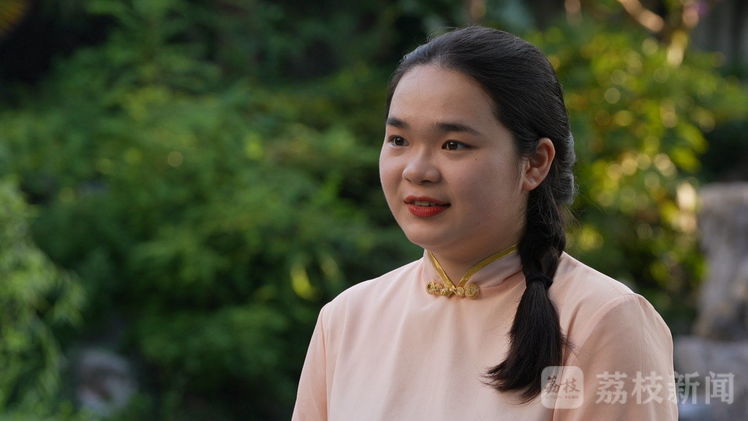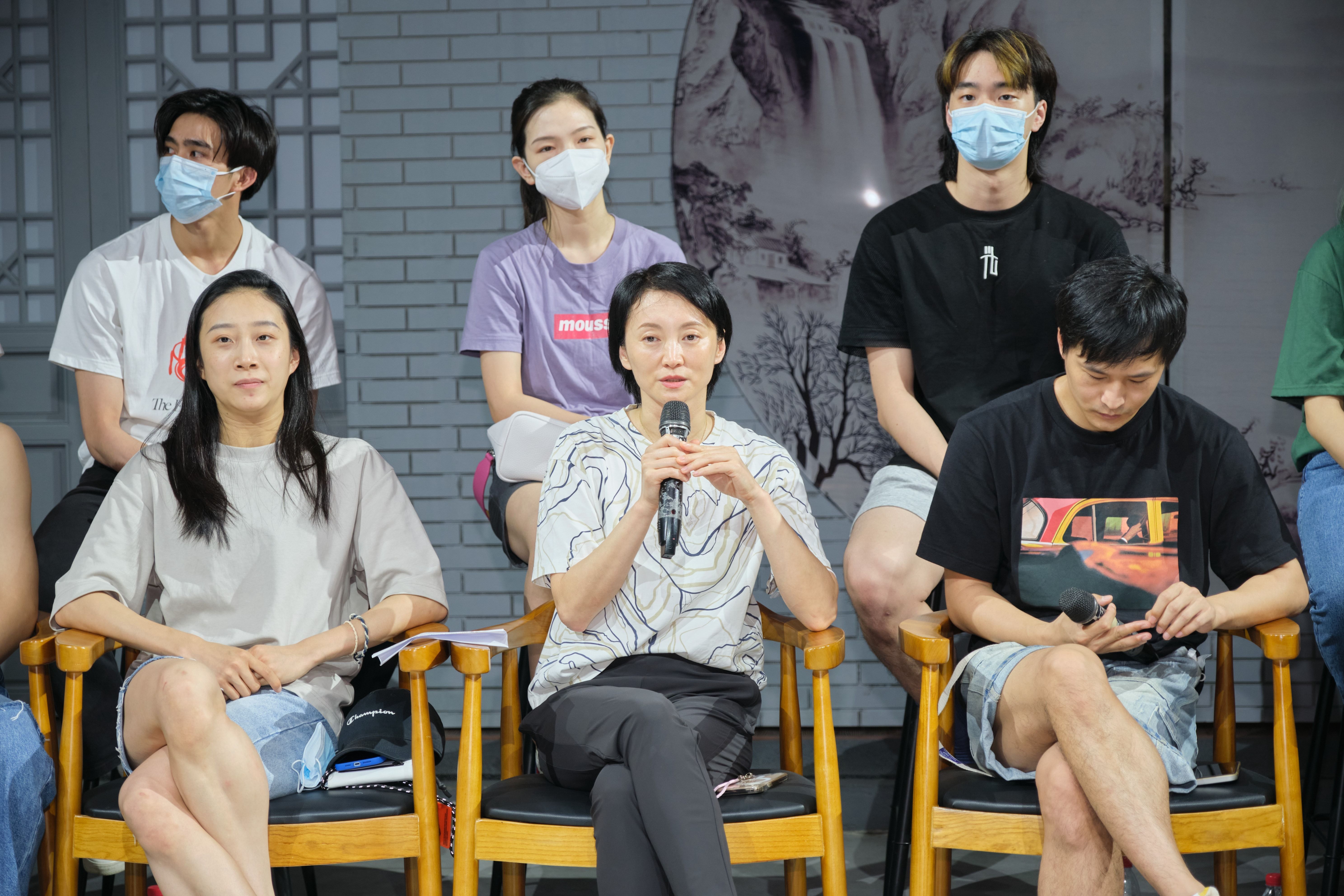Yuncheng Salt Insurance Center launched the Salt Lake Water System Research Day 321
Author:Reporter Observing Magazine Time:2022.08.30
With the change of history, the later "shop" has a new meaning and becomes a unique number of units.
Thirty Shop of East, Central, and West of Yanchi (pictures from the full map of Hedong Yanchi in 1915, now hidden in the National Library of China)
We know that the entire salt pond was divided into three fields in the east, middle and west, and was divided into thirty shops in the east, middle and west. The boundaries are as follows: East Field starts from the east to Li Gansheng's "Xunzi" to the current cross -lake Avenue; the midfield is from the Temple of Chi Temple to the west to the middle ten shops; The shop began to be near the western penalty gate.
The literature comes from the 70th issue of Shanxi Literature and History (1990)
Later, the two east and west shops were added, and the East Bay was divided into East Bay and the South Bank. Dongzhangpu from Jing Sanlin to Qiao Yan; Xizhenpu only has Wang Yunlong's family; from east to west of the south bank is Jing Dexin, Zhang Qing, Zhang Changyun, Wang Hengtai, and Zhang Dingsheng.
Papering logo -The picture comes from the 30th year of the Qing Daoguang (1850) Shanxi Shandong Salt Pond map is now hidden in the National Library
The shop is arranged from east to west. Each paving is one mile three -pointer, and there is a shop logo in Houshan. This sign is also very simple, that is, building a tower -like mound. Some are obvious now, and some are no longer obvious.
Salt culture experts say that Putian is the same as rural farming. Historically, businessmen have "商", just like farmers have "fields", so they have always been called Putian. The so -called Putian is the "land" of "planting salt" in the salt pond. It is the basis of salt production.
The literature comes from the "Note of the Hedong Salt Law Preparation Collection" (Part 1)
Tang Liu Zongyuan described the description of "Glita 畦 畹, staggered rotation" in Putian in "Jin Wen". During the Chongning years of the Song Dynasty, more than 2,400 "畦" was opened in Yanchi. It is said that at that time, the officials of the hundred officials entered the North Korea to celebrate, which was a event. Therefore, Yanchi has "从", which has begun since the Tang and Song dynasties.
In the Ming Dynasty, the salt was mainly used by the official organization, so basically it was basically not "governed". In the six years of Shunzhi of the Qing Dynasty, "开始" began to enter the "market", and the businessman was responsible for "breeding".
Salt culture experts said that after the Qing Dynasty "returned to business, the production and marketing was divided", it was necessary to re -assign Takada. One was divided into ten shops, that is, it was divided into ten pieces. At the beginning, it is like a separate ground. After you pay the tax, you will give you a piece of Putian one by one.
The literature comes from the "Note of the Hedong Salt Law Preparation Collection" (Part 1)
The literature comes from "Hedong Salt 3 Three Thousand Years"
The total number of Putian is restricted. Each "畦" is a "number", with a total of 465. It is allocated according to the amount of the merchant tax amount. The width of the "number" is different, so there is a distinction between dual and single numbers. The dual number requires twelve ingots to the silver, and the single number requires six ingots. The name of each number, that is, the business name, is named directly by the person. For example, the business names we know, Qiao Yan, Xun Hexing, Zhang Dunjing, Liu Xiang, etc. According to statistics, there were 142 Yanchi midfields, No. 240 in the east, and 139 in the west.
The literature comes from "Hedong Salt 3 Three Thousand Years"
There are two types of "Er“ "and" Yu ". Among them, the" Elder "is distributed to the merchants. Later, there were no people developed in Dongzhangpu, Xiyupu and midfielder. The newly developed Putian developed by the merchant is called "Yu Taki".
Later, a flood occurred again, and the "Er 畦" and "Yu Yan" were disrupted, so I re -developed some "Yu Yan". In this way, the original "Er 畦" (the scrap cannot be used) became "Yu Yan" also appeared in the three, middle and west games in the east, middle and west.
The "Erfu No. 15, Yu Xun No. 1" mentioned in the historical materials means that the second place in this midfield is 15 "foreheads" and a "Yu 畦".
At this time, the "shop" became a number of units about Takada, and it had something to do with the concept of "shop" (the residence of logic) before.
So, when is the meaning of "paving" such a change (a number of units from the place where the residents are)?
The literature comes from "Spring Lake in Yinhu" (published in 1961)
Salt culture experts said that in general, it is about the "return of business" in the Qing Dynasty. However, the specific time of "returning to the business" is not particularly accurate from the current research.
"We often say that the time of" 种 ““ “" is the six years of Shunzhi of the Qing Dynasty, but it is actually a bit later. "Salt cultural experts said that after the flood of Shunzhi five years, Salt Ding exited the stage of history and started from the stage of history. Salt merchants themselves operate and traffic salt on the side of the pond. At that time, the behavior of these salt merchants was spontaneous and did not divide Putian in a strict sense. The official officially divided the time node of the operating site in the form of Datian, which is not clearly recorded in history. "I have been looking for this time, but I haven't gained it yet."
Salt culture experts said that in the past, there was a saying in Yanchi- "On the shop regardless of the inside", this sentence also provided evidence for the change of "shop".
At this time, the "shop" is undoubtedly a metering unit and a geographical concept. What is the exact distance between the shop and the shop requires further verification. In his opinion, the length of the ban on the historical records is 17,422 feet, with 36 shops outside. According to reports, the head of the east plants to the ten shops of the west field is roughly more than 40 miles away, while most of the eastpoppy shop is in the east ban wall, and most of the west shop is in the west of the wall. In fact, the distance between the shop is different. In general, its average distance should be about 1.3 miles. It can be confirmed that in the Qing Dynasty, the concept of "shop" was associated with the salt number. Salt merchants were subscribed to the central government based on their financial resources. The government allocated Putian based on its subscription.
The literature records that in the 42nd year of Kangxi in the Qing Dynasty, Fan San, Jiexiu, was invited to Yanyun Yanchi to engage in business activities. Until 1956, there were more than 130 business names in Yanchi who took the lead in "Fan". They were all invested by the Fan family of the year. Among them, Fan Linyu, one of them, was one of them. Salt culture experts said that Yanchi's business name is the same as "Fu Tonghui". No matter who operates, the brand is endless.
Thirty miles outside the Forbidden Wall -the picture comes from the 30th year of the Qing Daoguang (1850) Shanxi Henxi Salt Pond map is now hidden in the National Library
Bali Shop outside the Forbidden Wall -The picture comes from the 30th year of the Qing Daoguang (1850) Shanxi Shanxi salt pond map now hidden in the National Library
There were thirty shops in Yanchi forbidden walls. Later, because of the addition of the east and west shops, it became a thirty -two shop, and the outside shop may be a station similar to the current post. As for some of the modern place names in the urban area, the shops outside the salt ponds such as Bali Panel, Shilipu, and Thirty Miles Panel have nothing to do with the shop inside. "When I first joined the work, there was a place called Xiao Jiupu under the Salization Fourth Factory."
According to reports, the "Bali" in Bali Popu is calculated based on the bottom of the bell floor of the Yuncheng bell. It is not the same as the "shop" in the salt pond. In the east, the Hakura Shop is east, and the Li shop in the west is West Bayi Pu. Similarly, Shilipu Village in Xiezhou is Shili Road; "Thirty Miles" is 30 miles away from Yuncheng, and it is also called Hu Jialing.
In fact, it is undeniable that whether it is the "shop of the residence" or the "shop of quantity", there must be more or less origin and inheritance relationships between them.
Through the understanding of the "shop" of Yanchi, we felt more heavy pond salt culture. There is no doubt that some of the unique names of salt ponds, including "shop" and the historical stamps and salt merchants behind them, need to be well excavated and promoted.
Zhang Tong Zhu Runjiao Xue Jixin
- END -
There are newcomers in non -heritage | Yuan Ying: Dialects sing Jinling affairs

【Open Language】General Secretary Xi Jinping emphasized that we must strengthen t...
The combination of art and AI!The dance drama "White Snake • Personal Revelation" will be unveiled into Ningbo

Jiangnan Tourism Media, Ningbo Electric (reporter Chen Chong, correspondent Fang W...